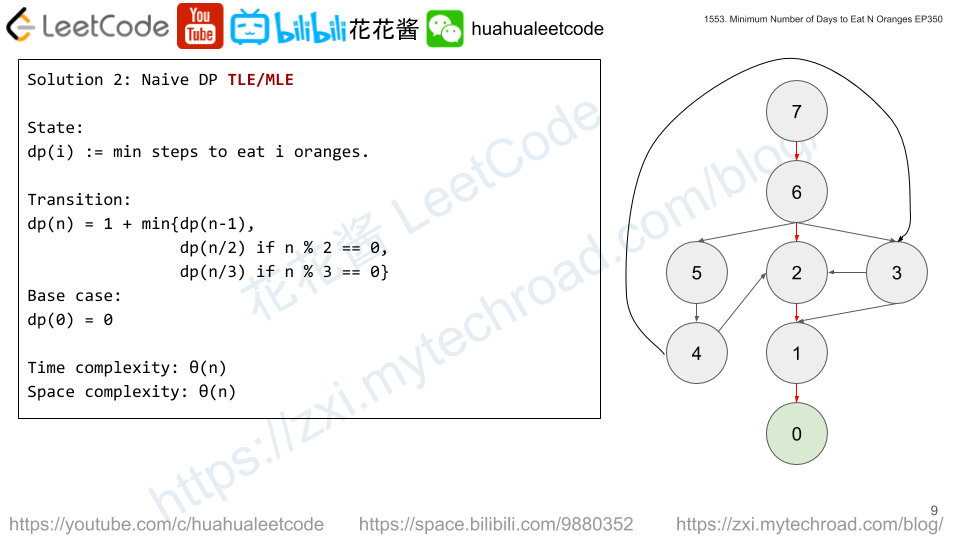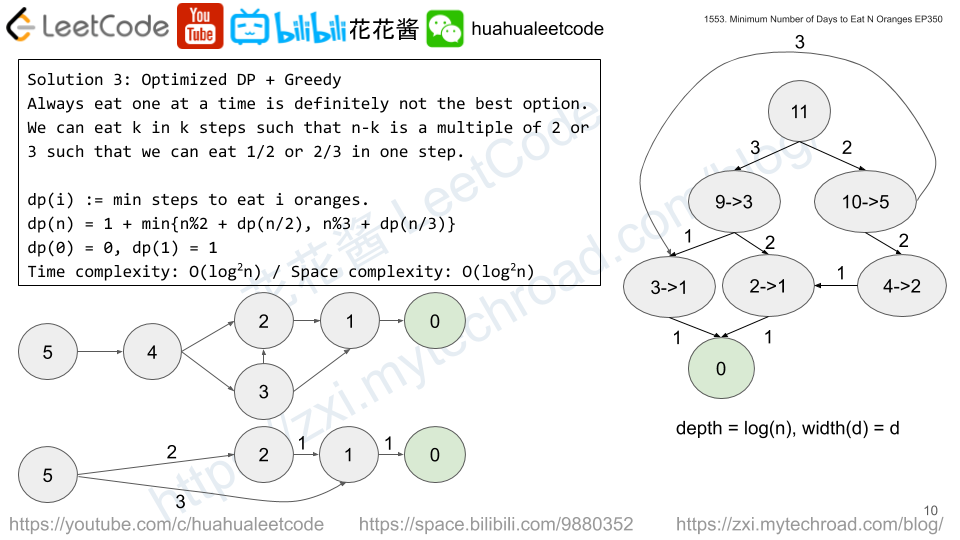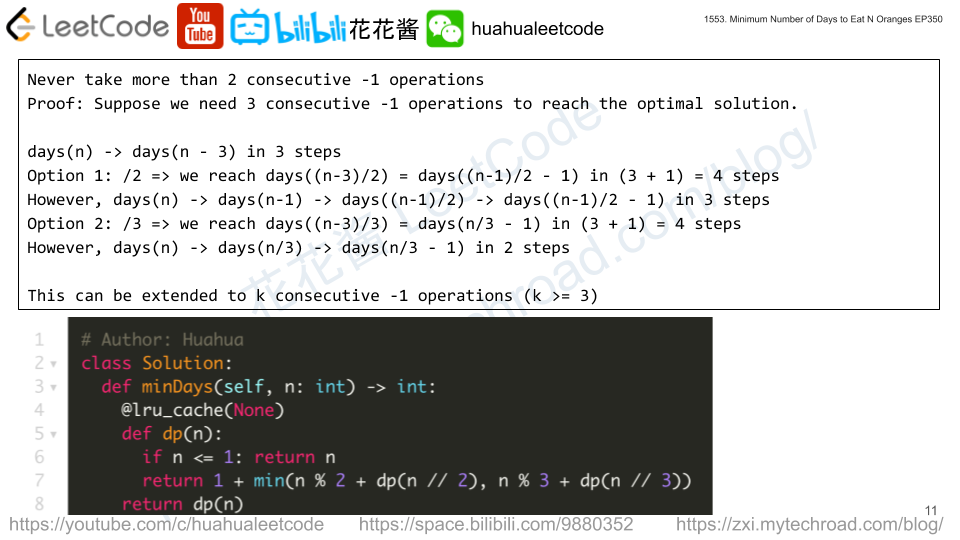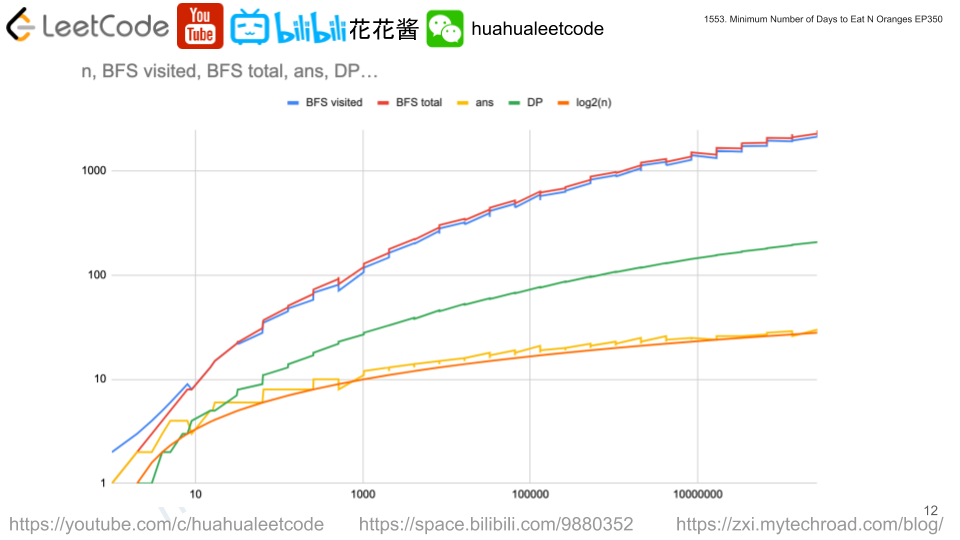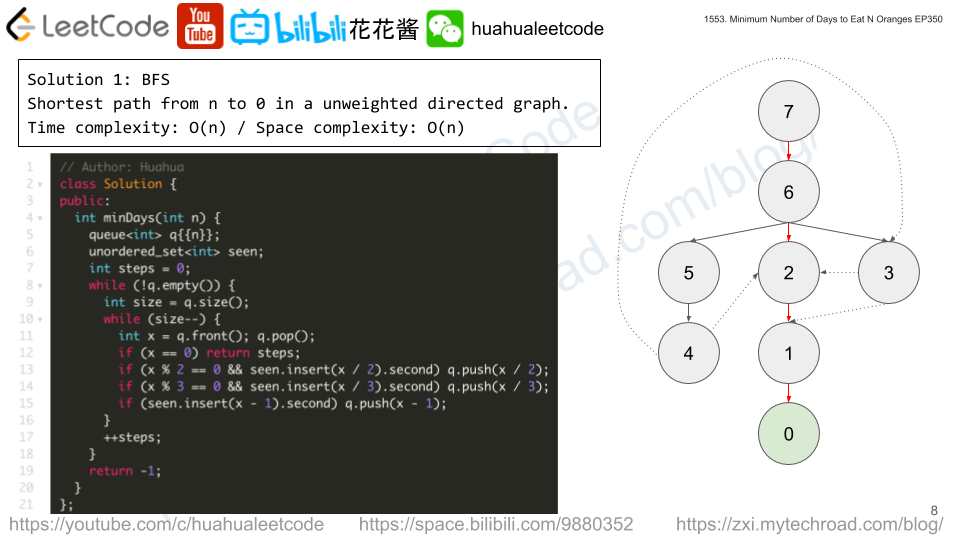You are given two arrays rowSum and colSum of non-negative integers where rowSum[i] is the sum of the elements in the ith row and colSum[j] is the sum of the elements of the jth column of a 2D matrix. In other words, you do not know the elements of the matrix, but you do know the sums of each row and column.
Find any matrix of non-negative integers of size rowSum.length x colSum.length that satisfies the rowSum and colSum requirements.
Return a 2D array representing any matrix that fulfills the requirements. It’s guaranteed that at least one matrix that fulfills the requirements exists.
Example 1:
Input: rowSum = [3,8], colSum = [4,7]
Output: [[3,0],
[1,7]]
Explanation:
0th row: 3 + 0 = 0 == rowSum[0]
1st row: 1 + 7 = 8 == rowSum[1]
0th column: 3 + 1 = 4 == colSum[0]
1st column: 0 + 7 = 7 == colSum[1]
The row and column sums match, and all matrix elements are non-negative.
Another possible matrix is: [[1,2],
[3,5]]
Example 2:
Input: rowSum = [5,7,10], colSum = [8,6,8]
Output: [[0,5,0],
[6,1,0],
[2,0,8]]
Example 3:
Input: rowSum = [14,9], colSum = [6,9,8]
Output: [[0,9,5],
[6,0,3]]
Example 4:
Input: rowSum = [1,0], colSum = [1]
Output: [[1],
[0]]
Example 5:
Input: rowSum = [0], colSum = [0] Output: [[0]]
Constraints:
1 <= rowSum.length, colSum.length <= 5000 <= rowSum[i], colSum[i] <= 108sum(rows) == sum(columns)
Solution: Greedy
Let a = min(row[i], col[j]), m[i][j] = a, row[i] -= a, col[j] -=a
Time complexity: O(m*n)
Space complexity: O(m*n)
C++
|
1 2 3 4 5 6 7 8 9 10 11 12 13 14 15 16 |
// Author: Huahua class Solution { public: vector<vector<int>> restoreMatrix(vector<int>& rowSum, vector<int>& colSum) { const int m = rowSum.size(); const int n = colSum.size(); vector<vector<int>> ans(m, vector<int>(n)); for (int i = 0; i < m; ++i) for (int j = 0; j < n; ++j) { ans[i][j] = min(rowSum[i], colSum[j]); rowSum[i] -= ans[i][j]; colSum[j] -= ans[i][j]; } return ans; } }; |
